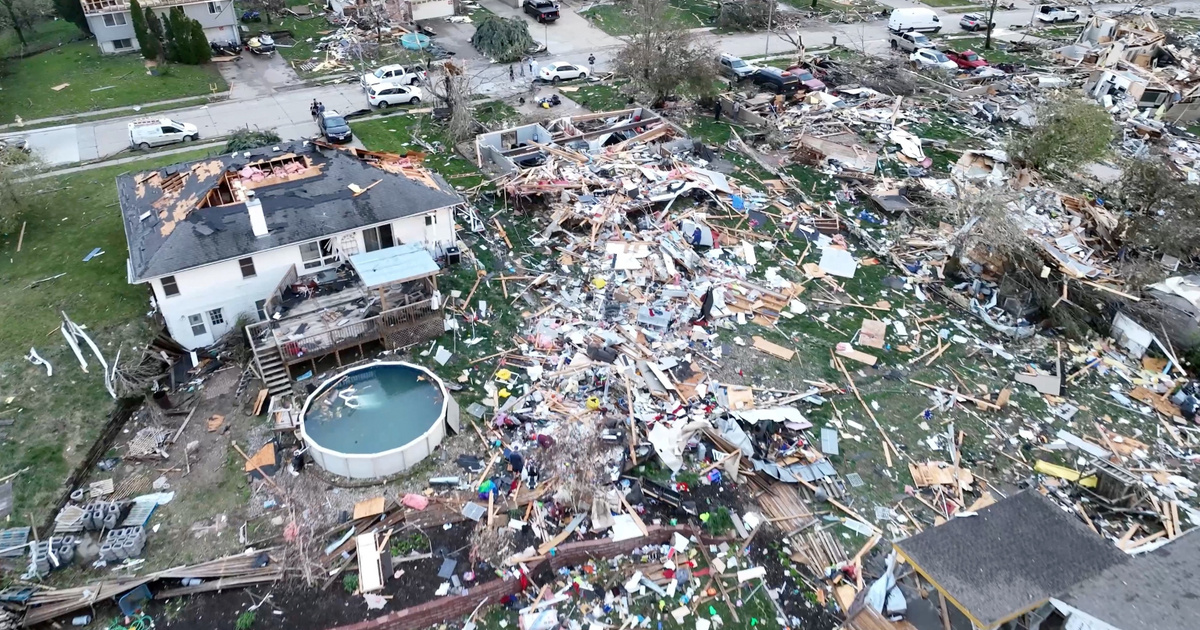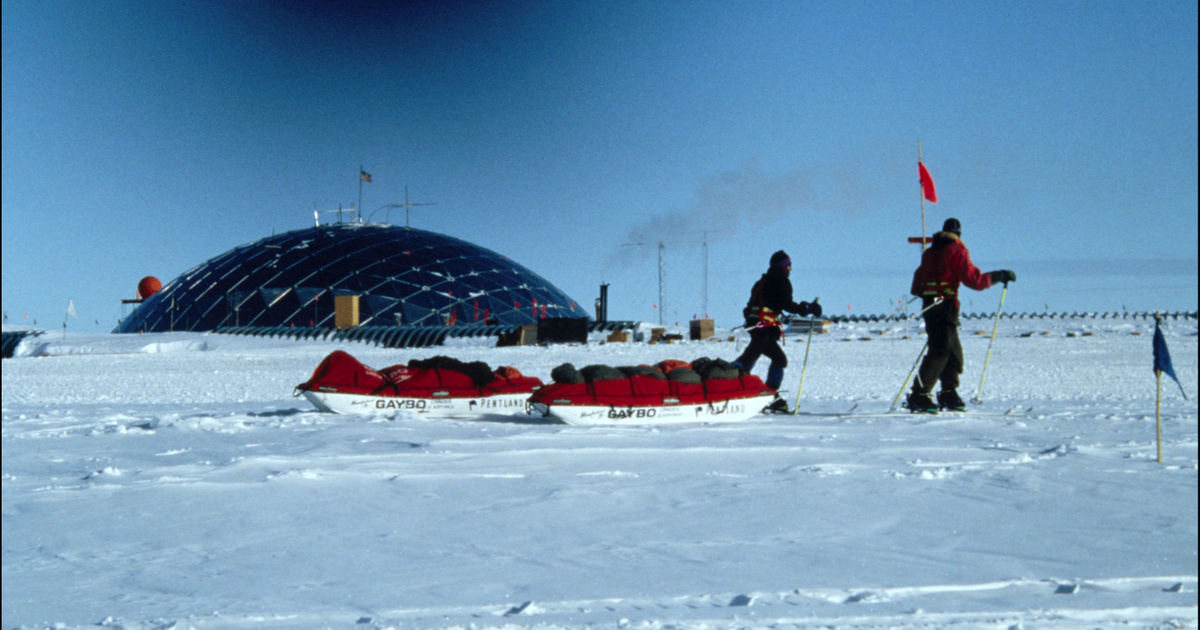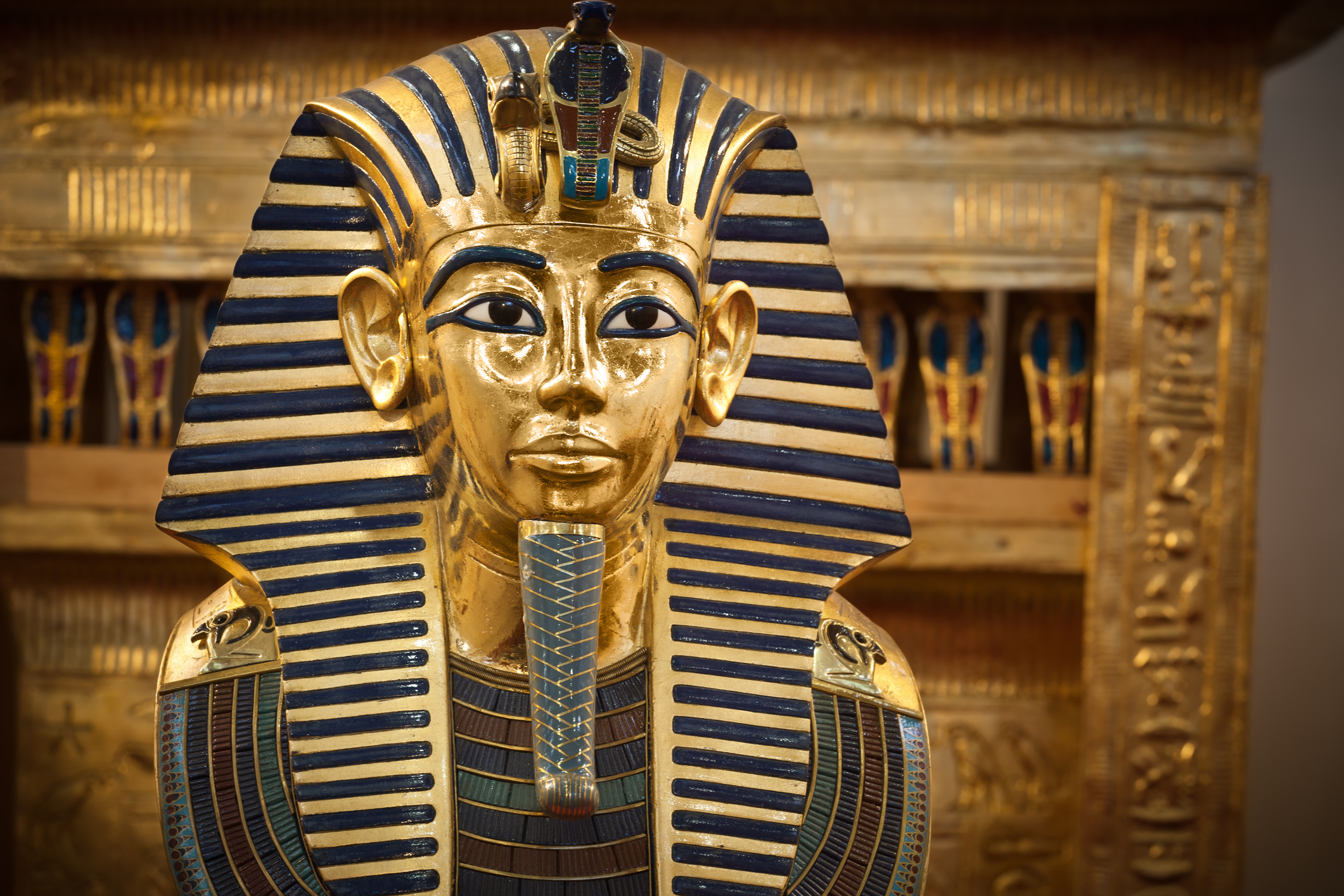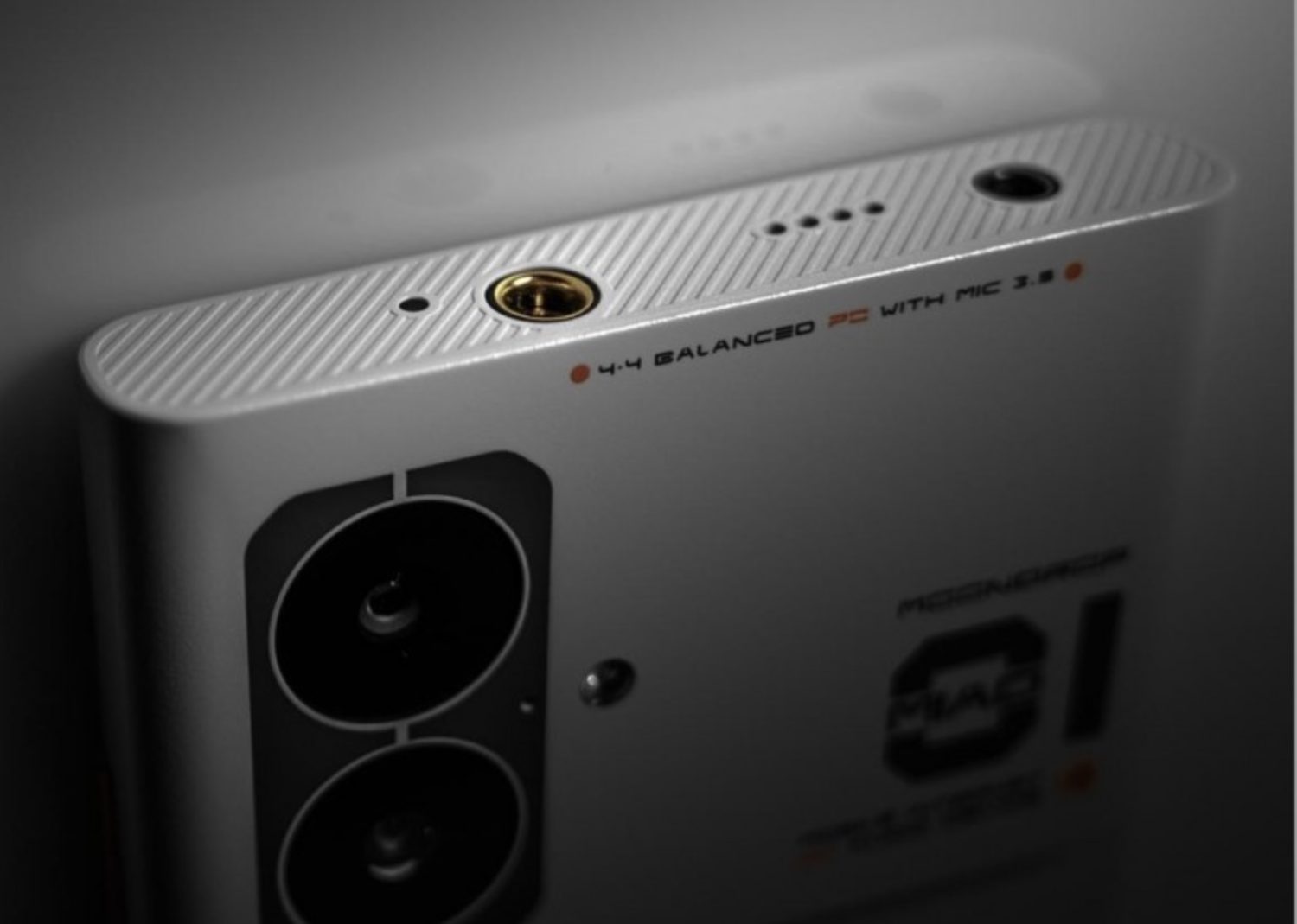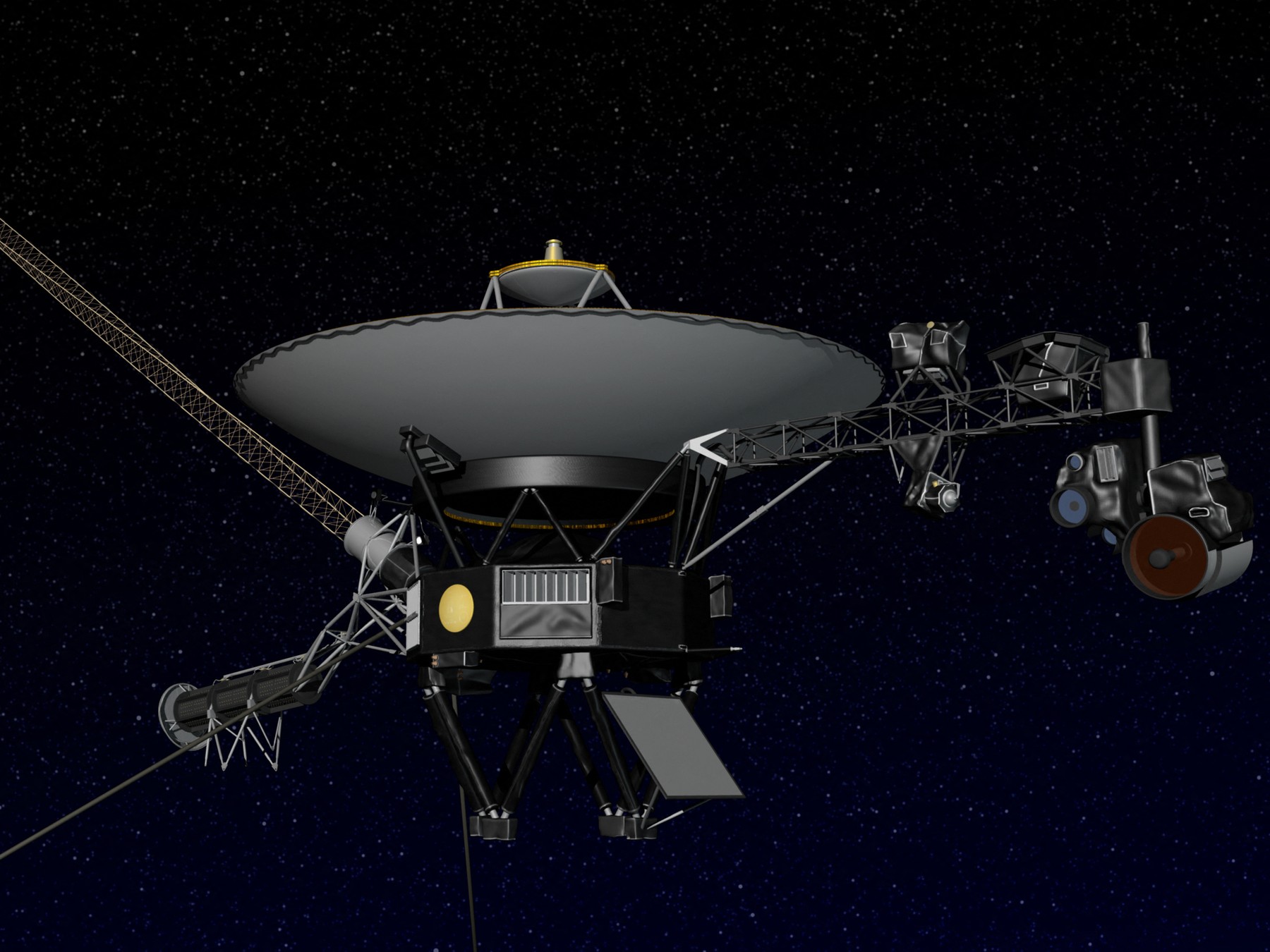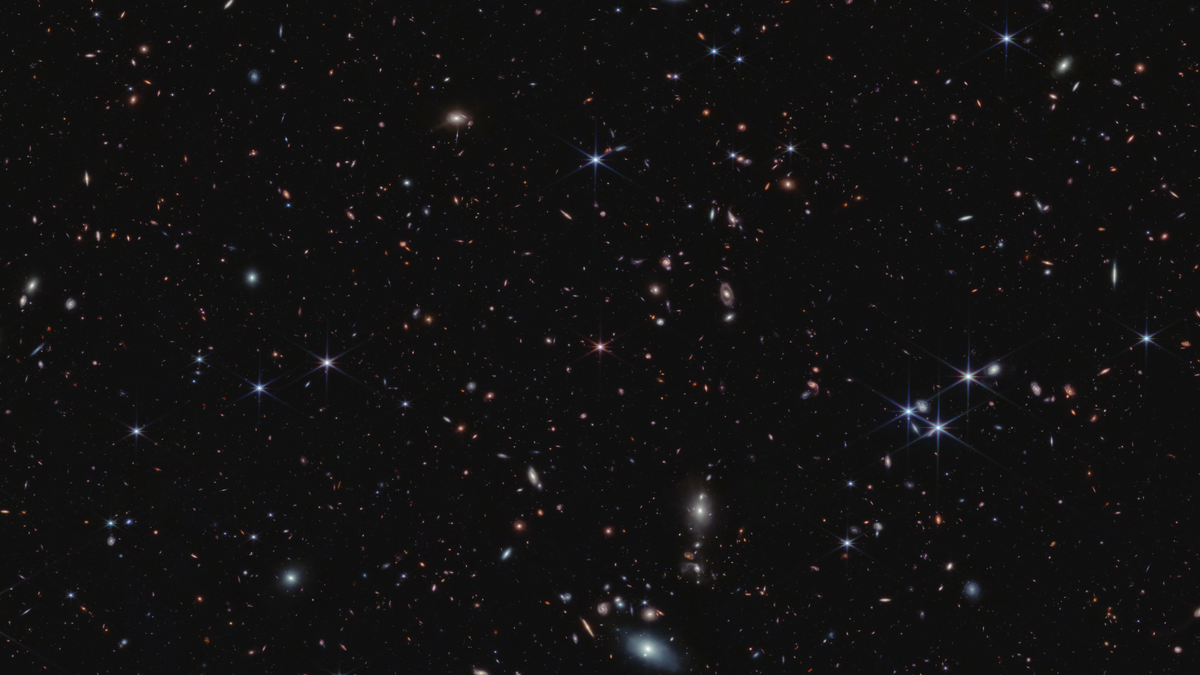More than 20,000 galaxies sparkle in a sweeping panorama of sky between the constellations of Pisces and Andromeda. But the scene was more than just awe-inspiring, it helped astronomers pinpoint what began the age of reionization, the period when the opaque universe gave way to the transparent one.
The early days of the universe were shrouded in thick gas, which limited the amount of light that could pass through it. during The era of reionization– When the universe was about 400 million to a billion years old – the gaseous universe began to clear until everything became transparent to light.
So the age of reionization was crucial to finding out what happened. Square kilometer Block – is It will soon be the largest radio telescope in the world– This focused on the mysterious period.
Now there were few 13.7 billion years since the Big BangAnd Webb’s concept is to revisit those early ages to understand what exactly changed.
In the center of the image above is a pink light source with six diffraction spines (web imaging artifacts). The source of the light is quasar J0100+2802, an unusually bright galactic nucleus that lights up the gas between it and Webb.
The composite image includes multiple exposures using Webb’s NIRCam tool and can be rendered through a variety of filters; All exposures were made on August 22, 2022. Our website can only handle a smaller version of the image; You can see it in all its 127MB glory here.
A team of astronomers — Face to Face Webb — has used quasar light to study more than 100 galaxies from the first billion years of the universe, focusing on 59 galaxies that lie between the quasar and the telescope.
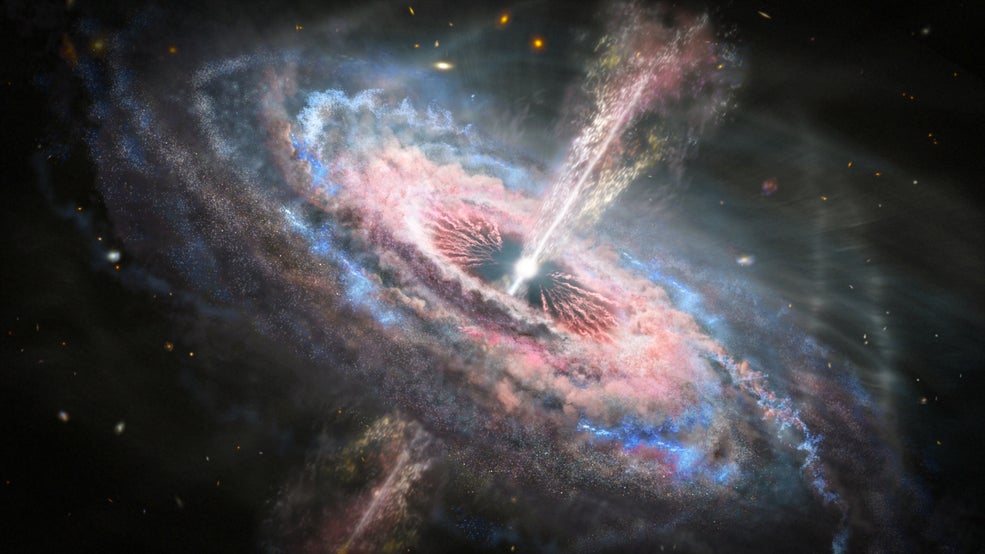
We expected to identify a few dozen galaxies that existed during the reionization era–“But we could easily pick 117,” said Daichi Kashino, an astronomer at Nagoya University and lead author of one of the studies. “The Web exceeded our expectations.”
The researchers compared Webb’s data with previous observations of the quasar taken by the Keck Observatory, the European Southern Observatory’s Very Large Telescope and the Las Campanas Observatory’s Magellan Telescope.
Their findings are published in three separate papers today in The Astrophysical Journal. One article focused on this Evidence for reionization driven by young galaxiessecond row Spectroscopy of stars and gases in galaxiesThird focus on The quasar is central to the entire investigation.
The researchers found that the regions around the galaxies were transparent bubbles, indicating that the galaxies themselves were involved in the re-ionization of the universe.
“If we look at the reionization teeth backwards, we see a very clear change,” said study co-author Simon Lilly, an astronomer at ETH Zurich in Switzerland and a senior researcher at the Space Telescope Science Institute. drum. “Galaxies made up of billions of stars ionize the gas around them, effectively turning it into a transparent gas.”
The light from the quasar showed exactly where gas was either being absorbed (meaning the region had not yet been ionized) or traveling farther (meaning the region was more transparent). The clear regions around galaxies were generally about 2 million light-years across, according to the same version.
The transparent regions around galaxies swelled and merged, eventually making the entire universe transparent.
One fascinating element that Webb alone can’t decipher is how the luminous quasar got so big early in the evolution of the universe. J0100+2802 has a mass of about 10 billion times that of the Sun. How black holes evolve is still a baffling question, as astrophysicists have yet to understand how supermassive black holes become, and Why do there seem to be so few intermediate mass black holes? (Although there are a large number of star clusters and a huge number.)
Webb is a tearjerker when it comes to deep imaging of ancient galaxies. Just last week A deep field with twice as many galaxies (45,000 galaxies in total) The image above has also been edited.
Webb’s view is unwavering, and as dozens of researchers examine his data, the evolution of the early universe–once a mysterious mess–is taking shape.
Read more: Astrophysicists discover the black hole closest to Earth


